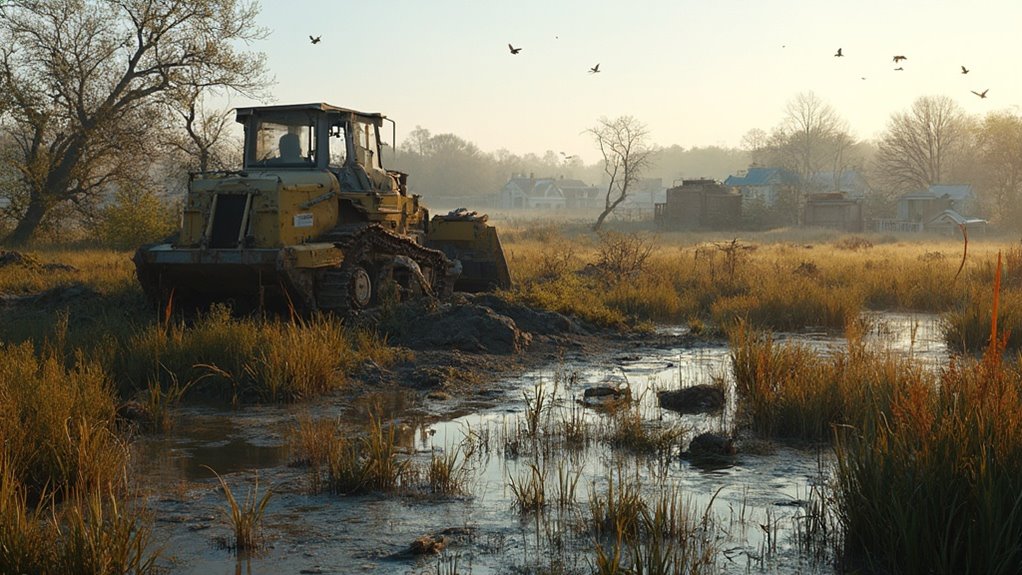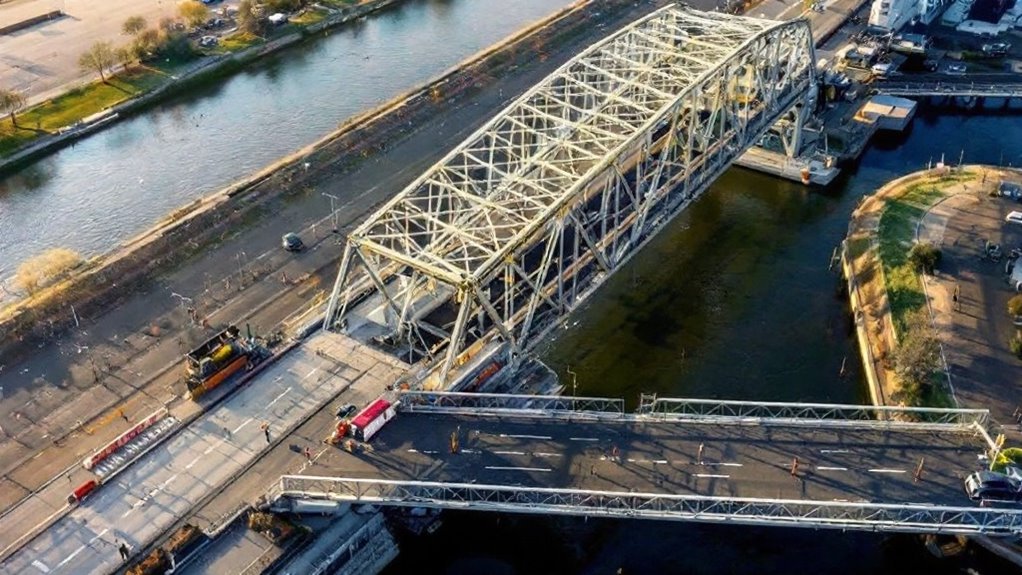Thorold has stepped into a new era of local governance by joining seven other municipalities in a regional planning agreement across Niagara. This new agreement replaces an existing Memorandum of Understanding and involves the Region of Niagara and its area municipalities. The change comes as the province mandates the downloading of land-use planning matters to local governments.
The City of Thorold is now taking over planning duties previously handled at the regional level. Thorold’s Planning & Development Department will oversee the development review process, land use policy, and the approval of long-range planning. The department will also manage current development proposals and zoning by-laws. The department aims to carefully balance community interests with environmental and economic considerations in all planning decisions.
Thorold’s Official Plan, approved by Niagara Region on April 28, 2016, will guide future development in the city. The plan identifies specific types of land uses and their locations while balancing social, economic, cultural, and environmental interests. It’s a key tool to guarantee appropriate growth and development in Thorold.
Thorold’s 2016 Official Plan maps out land uses while carefully balancing community needs and environmental concerns.
Planning in the city follows guidelines set by the Planning Act and Provincial Policy Statement. It’s also influenced by the Niagara Region Official Plan and A Place to Grow: Growth Plan for the Greater Golden Horseshoe. The city’s Extensive Zoning By-Law provides detailed regulations for land use.
Infrastructure improvements are part of the planning process, with upgrades planned for Merritt Road and Rice Road. The completed Environmental Study Report for this project addresses active transportation needs and includes dedicated infrastructure for pedestrians and cyclists.
The first cycle of Regional Planning for Niagara finished in 2017, and the second cycle is currently underway as of 2025. The Needs Assessment phase is identifying requirements across the region.
This shift of planning responsibilities from the regional to municipal level affects most land-use planning matters in Niagara. The provincially mandated change aims to give more control to lower-tier municipalities and is expected to streamline development approval processes across the Niagara region.
For insight into policy changes and development news across Niagara, visit Marketplace Niagara.









